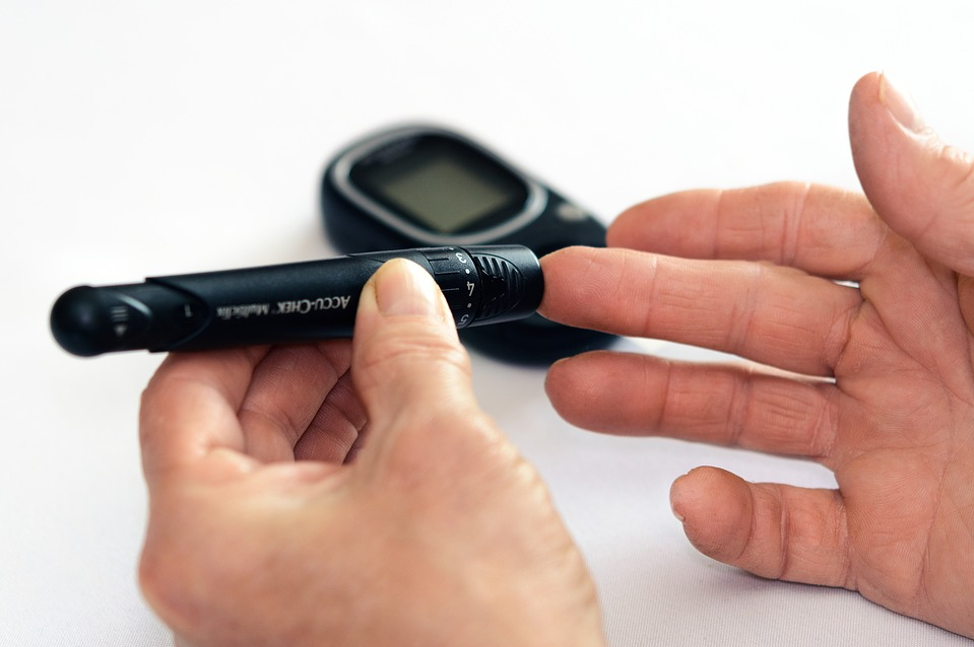Medtech Just Got Real In Lockdown
If you’ve been stuck in your home for the last few weeks, you’ve probably noticed something interesting. Suddenly a lot of things that nobody said were possible just happened with almost no resistance. Companies began churning out PPE. Working became remote. And everyone stayed off the streets, as if by magic.
The current episode shows us that things can change very quickly if there is a good enough reason.
Nowhere is this more apparent than in the healthcare service itself. For years, medicine struggled to take advantage of new working methods. Now with social distancing in place, they’re the norm, seemingly overnight.
We’ve waited for years, for instance, for telehealth services to go mainstream. Now it is difficult to imagine a world without them. If your child gets sick, you just call up your doctor using a video app service, and then they ask the same questions as if you were right there in the office.
Medtech Is Leading To Big Savings
Imagine the possibilities of med-tech like telehealth for a moment. Instead of holing up doctors in physical offices and forcing them to charge fees to cover their overheads, you could have teams of specialists online. These guys would be the first people you go to for a quick diagnosis where visual examination and verbal questions are sufficient. They wouldn’t have any of the usual expenses associated with practicing medicine. Yet, they would be able to offer high-quality examinations and treatment, all from the comfort of their home office.
What’s more, they’d make medicine way more accessible to all. Those living with disabilities or on low-incomes would no longer need to travel to a physical location. Instead, they could get services instantly over the web, at no expense (other than the doctor’s time).
And We’re Going To See More Home Tech
Interestingly, though, doctors won’t be able to do everything over the internet. They’ll still need patients to turn up to the clinic for tests.
Tech, however, may democratize even that.
We already see the inklings of this in the form of wearables. You can now get watches and rings that give you live updates on the current state of your health. Soon, though, these tools may be able to carry out more sophisticated diagnoses on the wearer. Devices and apps could track a whole bunch of biometric outputs – way more than they do today. And patients could then share the information they collect with their doctors, giving them more data on their current state of health.
We could also see the rise of standalone devices for measuring particular things that might concern a physician. You can, for instance, already buy glucose-monitoring skin patches that send Bluetooth outputs of your blood sugar level to your phone – great for diabetics. And you can conduct home blood tests if you have an assay.
The lockdown, therefore, is going to raise demand for this sort of stuff. Where possible, patients will prefer carrying out testing according to their doctor’s instructions at home instead of going to the office.







